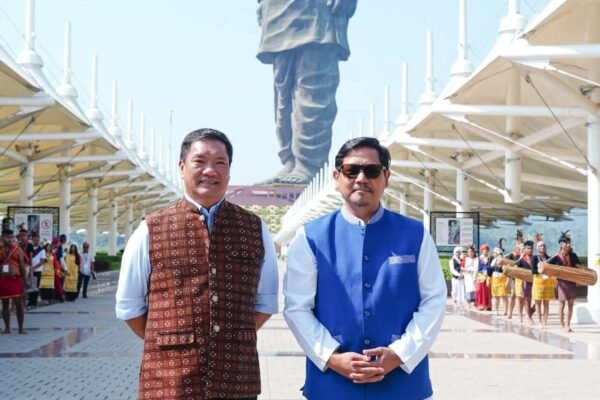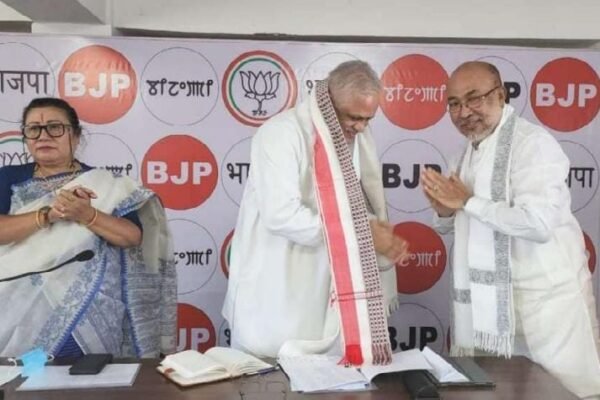Agartala, August 08, 2025: Aimed at strengthening peace and accelerating socio-economic growth in the North East, the Union Cabinet chaired by Prime Minister Narendra Modi has approved four new components under the ongoing Central Sector Scheme of Special Development Packages (SDPs) for Assam and Tripura with a total central outlay of ₹4,250 crore.
The decision follows a series of Memoranda of Settlement (MoS) signed between the Government of India, the State Governments of Assam and Tripura, and various ethnic groups, including the Adivasi groups, Dimasa groups, ULFA, NLFT and ATTF in recent years.
The central package includes ₹500 crore for developing infrastructure in Adivasi-inhabited villages of Assam as per the MoS signed in 2022, ₹500 crore for infrastructure development in the North Cacher Hills Autonomous Council (NCHAC) area inhabited by the Dimasa National Liberation Army (DNLA) and Dimasa People’s Supreme Council (DPSC) communities as per the 2023 MoS, ₹3,000 crore for overall infrastructure projects in Assam in line with the MoS signed in 2023 with ULFA groups, and ₹250 crore for the development of tribal communities in Tripura as per the 2024 MoS with NLFT and ATTF.
The overall cost of these four components is ₹7,250 crore, with ₹4,250 crore coming from the central scheme and ₹3,000 crore to be contributed by the Government of Assam from its own resources. Of the central allocation, ₹4,000 crore is earmarked for Assam over five years from 2025–26 to 2029–30, while ₹250 crore is allocated to Tripura for four years from 2025–26 to 2028–29.
Officials said the packages will bring transformative change, especially in regions that have seen decades of unrest. “This will not only address long-pending infrastructure needs but also create thousands of jobs and entrepreneurial opportunities,” a senior government spokesperson noted.
The key benefits of the initiative include generating employment and livelihoods through large-scale infrastructure and skill development projects for youth and women; promoting social stability by mainstreaming conflict-affected communities through peace-building measures; boosting tourism by improving facilities to attract more visitors and generate additional income sources; and ensuring equity in development by providing targeted support to vulnerable and marginalised groups that have historically been excluded from mainstream growth.
The initiative is expected to impact lakhs of people across Assam’s Adivasi and Dimasa communities, other districts covered under ULFA agreements, and tribal populations in Tripura.
The recent MoSs are part of a broader peace and development strategy in the North East: Adivasi MoS – 2022; DNLA/DPSC MoS – 2023; ULFA MoS – 2023; and NLFT/ATTF MoS – 2024.
Earlier MoS-based initiatives, such as those for Bodo and Karbi groups, have already demonstrated positive results in peace consolidation and regional development.
“This is not just about infrastructure, it’s about healing wounds, building trust and ensuring that every community shares in the prosperity of a peaceful North East,” a senior official involved in the planning said.
With this approval, the Centre has reaffirmed its commitment to turning peace accords into tangible, long-term socio-economic benefits for historically marginalised communities.









